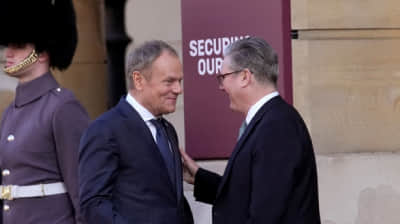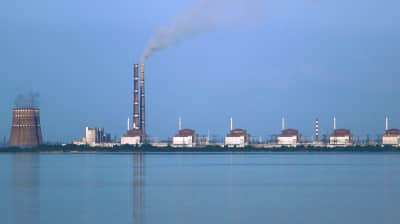Ukraine's Defence Ministry shows improvement of trenches in Donetsk Oblast – photo
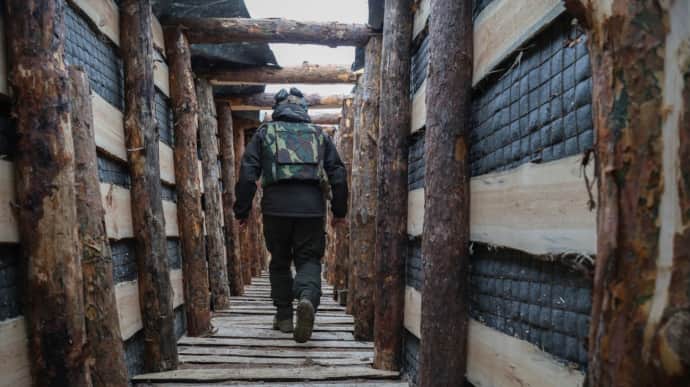
Army Inform, the Ukraine’s Ministry of Defence publication, has reported that the troops are constructing a platoon stronghold at the very firing line within the zone of responsibility of one of the operational strategic groups.
Source: Army Inform
Quote: "Only the military staff works here, as it is too close to the contact line, and the Armed Forces are more acquainted with the requirements and specifications of combat work. As a result, such strongholds are erected by engineering units."
Details: The publication writes that given the nature and realities of modern warfare, trenches are made wider and deeper in order to create more space for manoeuvre in between the equipment or carry the wounded on a stretcher.
Leonid, an officer in the engineering troops, explains how the norms for the construction of such fortifications have changed:
"If trench depth and width were standard during WWII (1.5 metres by 80 centimetres), we are now constructing trenches that are 2 metres deep and about 1 metre wide. Another half-metre parapet is added on top. At the same time, it is impossible to scale up because the trenches will become more vulnerable to shelling. In construction, we use geotextile, mesh, board, and bars."
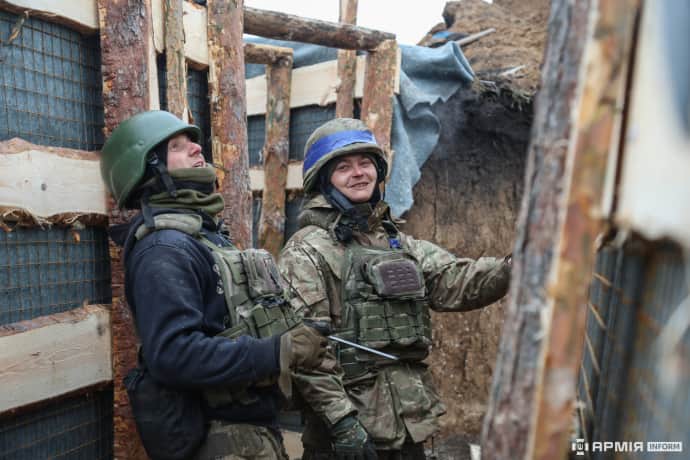
Because the trench is zigzag, the corners are strengthened with additional columns and spacers. Firing points are lined with wooden boards.
Exits with smooth height transitions are also designed to prevent injuries during fast movements.
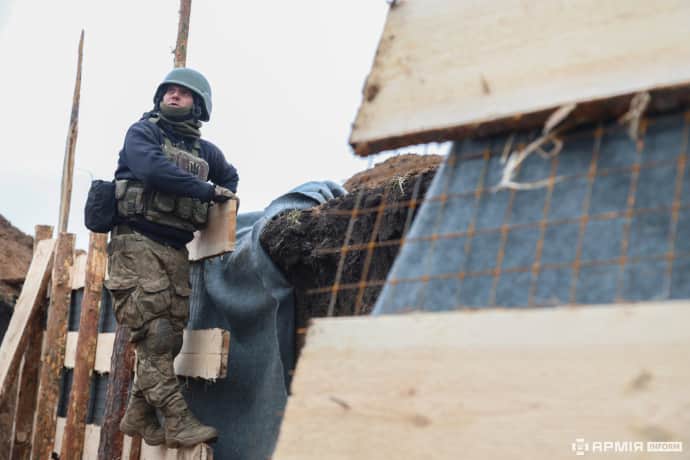
The blocked area is about 2 metres and 30 centimetres high. There is a strong frame, transverse longitudinal beams that overlap, and two logs: one coil contains half a metre of soil, and the second coil contains the same amount.
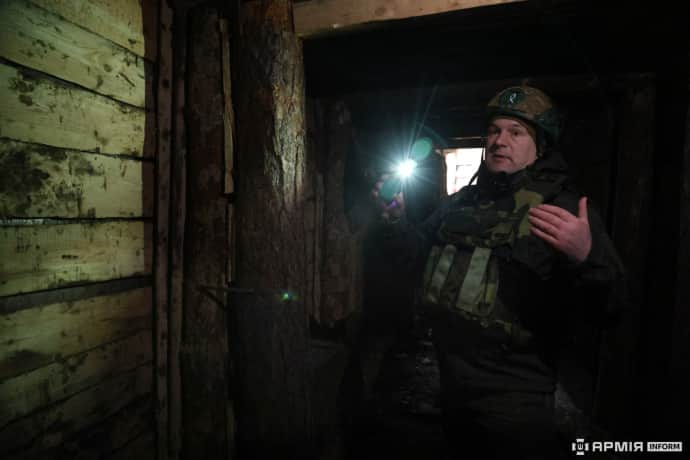
Everything is masked. In the event of shelling, you can quickly run to such areas from your firing points. A well is dug at each entrance and exit to collect water and prevent it from flowing in the blocked area.
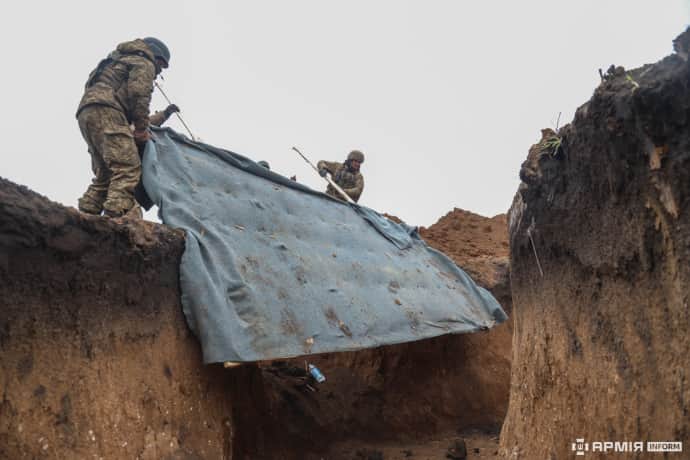
Quote from a military engineer: "The advantage of working with the wood is the speed; the disadvantage is its fragility (it will need to be repaired in two years). We make spacers from below and above the covered part [of a trench] for structural strength and to install anti-drone protection. We considered the advice of seasoned infantry commanders when devising our strategy."
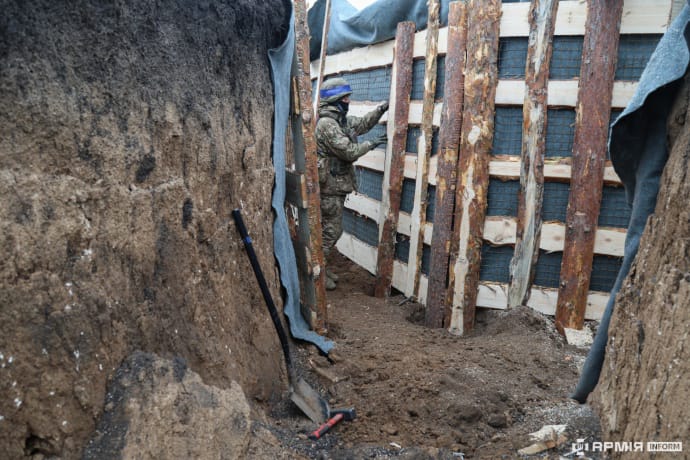
Support UP or become our patron!

